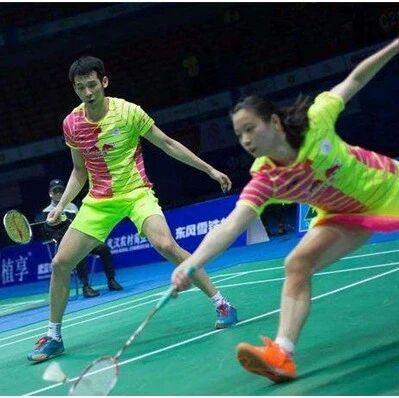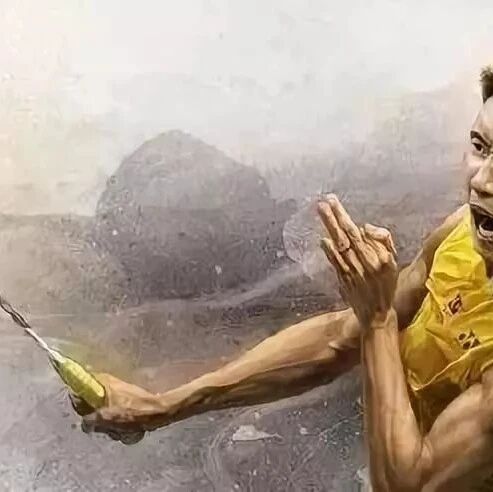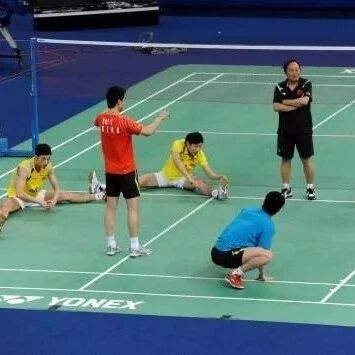Master the forehand and backhand chop, and you'll dominate the net!
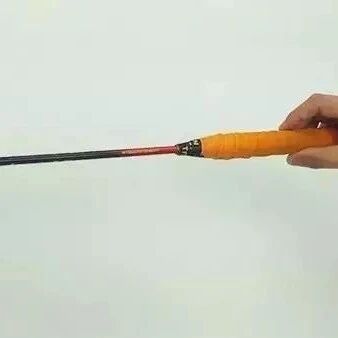

The shuttlecock (chop) technique in badminton is a subtle yet powerful move—one that can effortlessly shift the balance of power with minimal effort. It’s also a show-stopping maneuver you can pull out at any moment to impress your opponents. On the court, whether in singles or doubles, using the chop to control the net and seize the initiative often leads to the most efficient and decisive points.
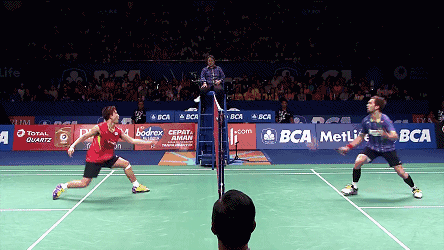
01
Action Summary
1. Theball technique can be divided into and .
2. The chop is primarily executed by striking the side of the shuttlecock, imparting spin, resulting in a faster speed and a low trajectory over the net.
3. The "zhan cuo" technique primarily involves striking the shuttlecock squarely on its face while simultaneously applying a slight upward force. This causes the shuttlecock to reach its highest point on our side of the net, after which it quickly drops down toward the opponent's side, posing a significant threat.
4. Key points for footwork: Move online quickly— the higher the point you secure, the better the quality of the shot you’ll generate.
5. After completing theball motion, with your right foot forward and left foot back (using a right-handed racket as an example), be ready at all times to close the net or rush in for a shot. If your opponent lifts a high ball to the backcourt, instantly push off the ground with your right foot and swiftly return to your position.
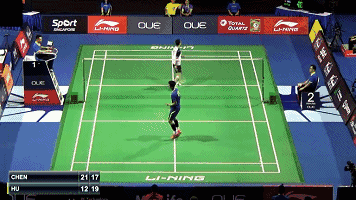
(Reverse-Hand Chop Technique Application)
▌Technical Analysis
The drop shot is perhaps the ultimate test of a badminton player's technical skill—it’s the most technically demanding and tactically significant move in the sport. A hallmark of advanced badminton technique, the drop shot requires precise control of the shuttlecock and minimal power. If you can master this skill on the court, you’ll undoubtedly have your opponents beat!
02
Action demonstration
▌Hold the racket loosely
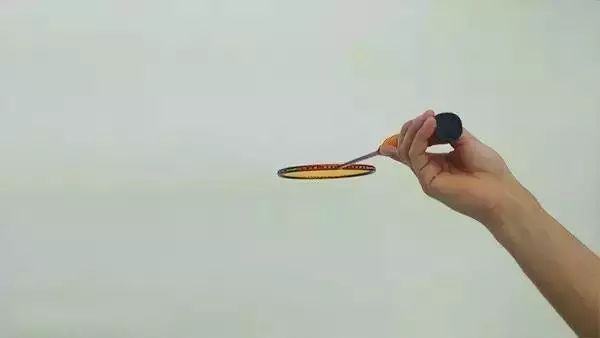
(Forward-stroke relaxed grip)
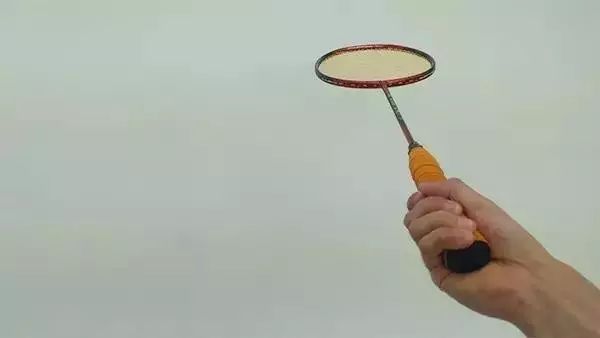
(Grasp the racket firmly with your forehand grip, lifting the racket head upward.)
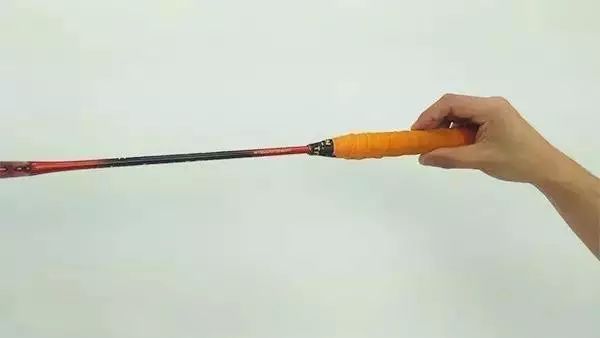
(Backhand relaxed grip)
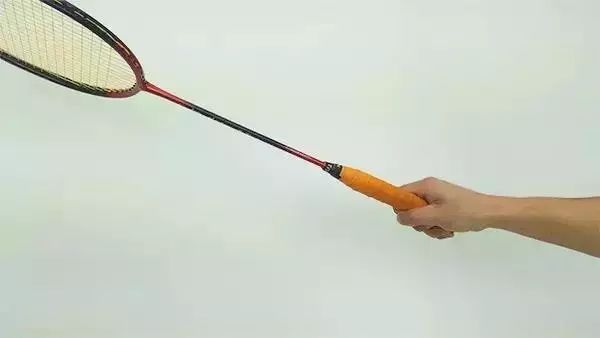
(Grasp the racket tightly with your backhand, lifting the head upward.)
▌The advantages ofball
Once your topspin is of high quality, your opponent’s returns will be forced into a passive position due to your aggressive net play and the angle created by the net itself, significantly increasing your chances of easily scoring.
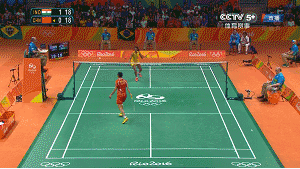
(Wang Yihan’s drop shots were of high quality, forcing Sindhu to return the ball and creating easy scoring opportunities.)
03
Action guidelines
▌Rubbing Ball Step
You must move your footwork online quickly,The faster your internet speed, the higher the hitting point you can secure.The easier it becomes to hit high-quality returns, the lower the difficulty also is. That’s exactly why you’ll want to practice your footwork!
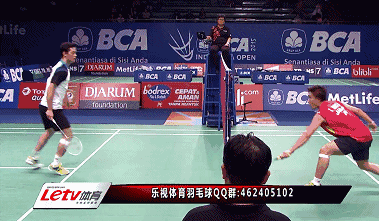
▌The Technique of Rolling the Ball
There are two techniques for rolling the ball—one is a cut.Hitting the side of the shuttlecock causes it to spin erratically.
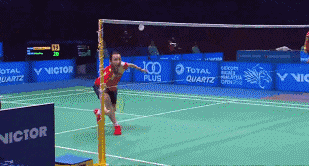
(Note the trajectory of the shuttlecock after Tai Tzu-ying hits it.)
The key to this chopping technique is to rotate your wrist from outside to inside, while feeling how the angle of the racket face changes during impact.
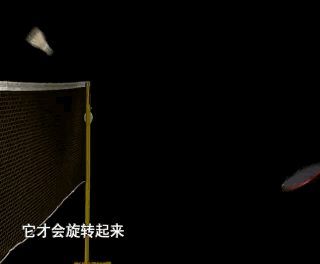
(Backhand chop shot)
When executing a backhand shot, extend your forearm forward, draw your wrist inward, and simultaneously engage your fingers to sharply strike the shuttlecock on one side.
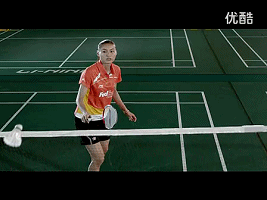
(Backhand Slice)
The advantage of this technique is its low net height and fast ball speed, but the downside is that it becomes more challenging to control the landing point. There’s also another type—Directly hitting the ball support, using precise force control to ensure the ball’s trajectory gently grazes the net tape as it descends.
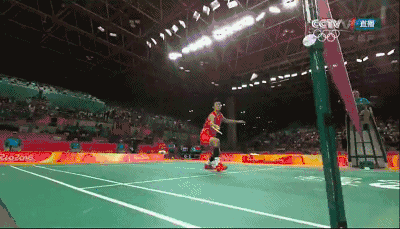
(Note the trajectory of the shuttlecock after Chen Long hits it, as well as its landing point over the net.)
When hitting the shuttlecock, slightly extend your wrist outward and let your fingers guide the motion—leading the racket to strike the base of the shuttlecock first with a downward-forward movement, followed by an upward-forward stroke. This technique ensures the ball reaches its highest point on your side of the net, dropping sharply across the net afterward. It effectively prevents your opponent from seizing the high-point advantage while also creating a deceptive trajectory that may mislead them into thinking they can easily close in for a net kill. However, the downside is that if you lose control over your power—or fail to execute this precise timing—the result could leave you completely vulnerable to your opponent’s attack.
▌After completing theball
After completing the motion, quickly turn sideways to be ready at any moment to close in and volley, especially if your opponent lifts a high ball and rapidly retreats with quick step-back attacks.
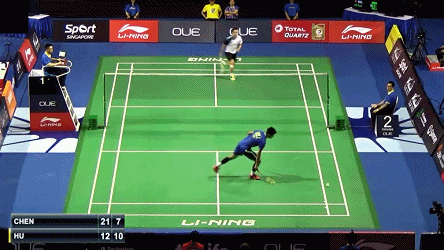
(With a high-quality backhand drop shot, the opponent can only lift the ball—seize the opportunity to attack and score!)
04
Important Notes
▌The swing lacked the power to make the ball spin—straight as an arrow.
Tip: During warm-ups, incorporate net-front drop shots with controlled wrist movements to help you feel the action of wrist extension.
▌Arms stiffened, and the ball flight couldn’t be controlled, sailing too high over the net.
Tip: Practice swinging your racket regularly to develop your feel for the ball and learn to relax your arms and wrists.
▌Habitually swinging the arm wide to set up the net play—poor quality, with a large, unsteady motion that lacks subtlety.
Tip: When you have free time, practice juggling more to develop a feel for wrist movements.
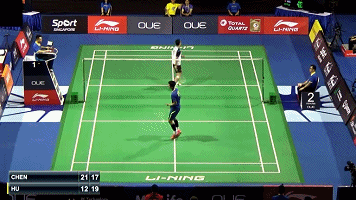
To make the spun ball land close to the net with ample spin, mastering the angle and force of your hitting swing is crucial.
More article recommendations:
If you're an amateur looking to play badminton for fitness but worried about getting injured, everything you need to know is right here.
Test your knee health with a "duck walk"—2 simple exercises to strengthen your knee joints
It's getting cold—this warm-up will help you get into the right mindset faster.
